Ceremony in Action: Researching the Role of Ritual in Environmental Activism
As part of my ongoing work as a co-founder of Sacred Earth Activism, I’ve had the honour of coordinating ceremonies and sacred actions that support protest and direct action. The aim of this work is always to ground our efforts in the sacred, to honour our interconnectedness with all of life as we work for change. Over the years, I’ve made many friends among those who bring ceremony into action, who’ve been part of the change movement for a long time, and it has been such a gift to witness the ways in which this work unfolds.
Recently, as part of my Master's research in Ecology and Spirituality, I set out to dive a little deeper into this—interviewing and surveying others involved in bringing ceremony to protest, to understand more about the role these rituals play. This project involved speaking with a wide range of people who have been involved in these actions, gathering their stories, experiences, and insights about what they feel ceremony contributes to our collective efforts.
Findings so far
One of the clearest findings from my research so far was the role that ritual plays in gathering community. Many interviewees spoke about how ceremonies create a sense of togetherness, bringing people back to a shared sense of purpose. In moments when activism can feel disjointed or overwhelming, ritual provides a focal point that unites everyone and reminds us why we are there. I heard powerful stories about fire ceremonies at resistance camps, which brought everyone together after long, scattered days—reminding us all of our shared commitment to protecting the land.
Another theme that emerged was around wellbeing. Rituals, it seems, have a crucial role in helping people cope with the emotional intensity of activism. Several participants shared how ritual acts like smudging ceremonies helped them release tension and reconnect after confrontations, allowing them to let go of stress and avoid burnout. Activism can be exhausting, and the emotional and spiritual space that ceremony offers helps sustain those involved, providing a regenerative element that is often missing in the hard edge of direct action.
A particularly interesting concept that emerged from my research is interpretive drift. This term, coined by anthropologist Tanya Luhrmann, describes the subtle process by which people's beliefs and perceptions shift over time, often through repeated exposure to new practices. For many involved in sacred activism, ritual isn’t just about the immediate gathering or action—it’s also about slowly shifting attitudes, both within participants and among those witnessing. Ceremony creates an opportunity to enact a different way of relating to the earth, one that honours the sacredness of life, and in doing so, it helps shift the collective culture toward one that is more respectful and in tune with the natural world.
Lastly, the role of unseen forces was a consistent theme. Many participants spoke about rituals as a way of inviting the support of land spirits or other unseen energies—bringing a sense of collaboration with the earth itself. One interviewee described how rituals, like offerings or prayers, were about creating beauty as a gift for the spirits, an act of reciprocity for all that we take. This idea—that ceremony can create a “field” that connects the spiritual with the physical action—was a powerful reminder of the deep interconnection that underpins sacred activism.
Honouring the Role of Ceremony
This research has only just begun to scratch the surface of the many roles that ritual and ceremony play in our efforts for change. From fostering community, to supporting wellbeing, to shifting culture, and connecting with unseen allies—ceremony offers so much to those of us involved in environmental activism. Understanding these roles better is important as we continue to weave spirituality into our efforts for change. I hope to have some time soon to write this up more fully and share it in greater depth, as it feels like this is a crucial piece of understanding the broader picture of sacred activism. And again, if time allows, I will be looking to explore this question even further, and widening this research.
This work ties into what we explore in the Wild Service module of the Spiritual Rewilding course. Wild Service is about finding ways to be of service to the natural world—honouring our spiritual connection through actions that protect, nurture, and uplift the land. It's a concept I coined years ago, and it’s at the heart of the work we do. If you’re interested in exploring this further, our next course begins in January 2025, and we’d love to welcome you to be part of this journey.


